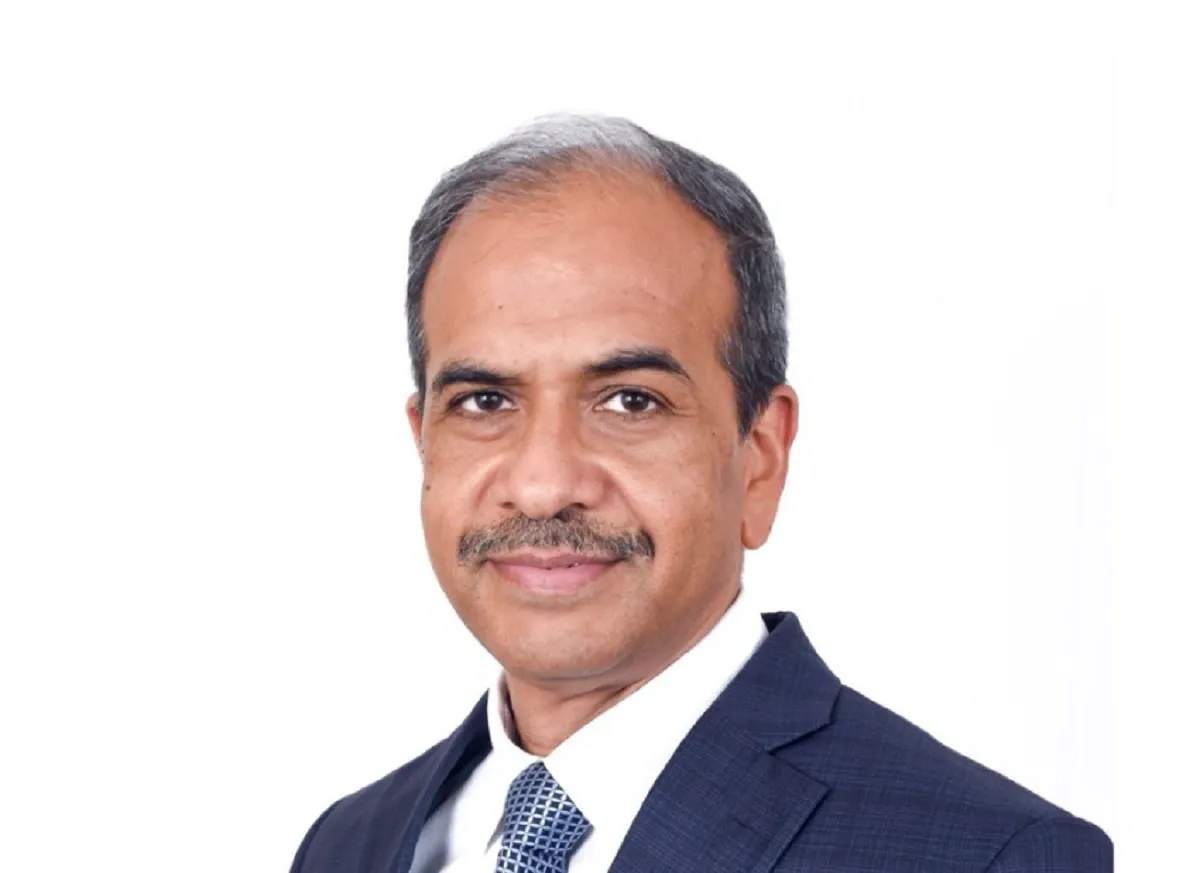Market News
India Inc earnings to improve in 1HFY26; financials, consumer staples look attractive: Rahul Singh, Tata Asset Management

6 min read | Updated on April 23, 2025, 10:48 IST
SUMMARY
Stock market today: The current investment outlook favours domestic-centric sectors that are better positioned to withstand global volatility and benefit from lower input costs due to a potential global slowdown, says the fund manager.

Rahul Singh, CIO – Equities, Tata Asset Management
The global scenario has become complicated amid a global slowdown and the risk-on USD rising. Trump's tariff measures and the unwinding of global supply chains are contributing to economic uncertainty and market volatility. Despite India's relative isolation from exports, we recommend a more balanced and multi-asset approach.
The current investment outlook favours domestic-centric sectors that are better positioned to withstand global volatility and benefit from lower input costs due to a potential global slowdown. The sectors currently viewed with a bullish stance include:
● Banking and Financials: This sector is reasonably priced and has crossed an inflection point. Easier liquidity conditions, growth-friendly regulatory moves by the RBI, and rising retail lending make it an attractive area. The sector is also well aligned with the GARP (Growth At Reasonable Price) investment strategy.
● Healthcare and Domestic Pharma: Healthcare remains structurally underpenetrated in India, offering long-term growth potential. In the current environment, domestic pharma is seen as relatively insulated and likely to benefit from stable local demand and lower global commodity prices.
● Cement and Consumer Staples: These sectors are expected to gain from their domestic demand focus. As global commodity prices soften, input costs decrease, potentially boosting profit margins for companies in these spaces.
Overall, sectors linked to domestic consumption and lower export dependence are expected to outperform amid global economic uncertainty and the reconfiguration of global supply chains.
Investors should currently be cautious about thematic sectors that had strong rallies between March 2023 and September 2024, such as:
● Power
● Defence
● Manufacturing
● Capital Goods
● Real Estate
These segments have already seen a decent run-up and some correction. The market is now shifting away from broad thematic plays toward a more bottom-up, stock-specific approach, focusing on valuation discipline and fundamentals rather than riding sector-wide momentum.
This shift implies that overexposure to these previously favoured themes may carry higher risk going forward, especially in a globally uncertain and volatile macroeconomic environment.
The March 2025 quarter (Q4 FY25) is expected to deliver a mixed set of corporate earnings, with no significant recovery anticipated in the immediate term. However, a recovery in earnings is likely over the next one to two quarters, supported by a combination of macroeconomic tailwinds.
These include lower interest rates, easier liquidity conditions, a rise in retail credit growth, increased government spending, and potential personal income tax cuts. Collectively, these factors are expected to gradually translate into improved financial performance for companies, particularly in the first half of FY26.
The banking and financial services sector is currently viewed positively and is considered reasonably valued. The fundamentals of the sector have reached an inflection point, aided by a favourable operating environment marked by easier liquidity, supportive policy actions, and the easing of some regulatory norms by the RBI, particularly in retail lending.
These developments, combined with a broader economic push for growth, enhance the sector’s outlook. As part of a disciplined Growth At Reasonable Price (GARP) strategy, banking continues to be a key overweight sector due to its stable valuations and strong potential for continued earnings growth.
In the near term, we anticipate growth pressures stemming from ongoing recession concerns in the US. However, the IT sector has already experienced a significant correction, declining 22% from its peak compared to a 12% drop in the Nifty.
Notably, Tier-1 IT companies, with improved cash flow conversion and higher payout ratios compared to pre-COVID levels, are now trading at an attractive free cash flow (FCF) yield of approximately 4-6%, which provides some reassurance.
That said, the sector is likely to remain under pressure until there is greater clarity on US macroeconomic conditions. Currently, large enterprises in the US are deferring substantial transformational IT investments, which could weigh on near-term performance. While this may impact the upcoming quarter, we believe this presents an opportunity for gradual accumulation with a medium- to long-term investment perspective.
Investment strategy has remained consistent as Growth At Reasonable Price (GARP), which requires valuation discipline. The banking and financial sector is reasonably priced, and fundamentals have crossed an inflection point with easier liquidity, a growth push and the easing of some of the norms by the RBI to support retail lending.
In addition, the present global uncertainty on tariff barriers and likely economic slowdown improves the outlook for domestic-centric business in India, especially if they benefit from lower input/commodity prices. In the long run, healthcare is a sector which remains underpenetrated in India and has structural growth drivers.
Yes, given the heightened global uncertainty and nervousness around the US dollar, gold is expected to remain an important asset class over the medium term. In the backdrop of market volatility driven by policy shifts such as tariff measures and global supply chain disruptions, allocating funds to commodities—especially gold—can serve as a hedge. Investors may consider exposure to gold through physical assets or ETFs as part of a well-diversified portfolio strategy.
For an investor with ₹10,00,000 to allocate, the focus should be on maintaining proper asset allocation and avoiding the temptation to chase past performance.
Investment could primarily be directed toward core, diversified equity categories such as large-cap, flexicap, and large & midcap funds. In the current environment, it is advisable to steer clear of excessive exposure to thematic funds.
Additionally, hybrid options like Balanced Advantage and Multi-Asset funds offer a balanced risk-return profile and could be part of the allocation. Including commodities such as gold may also be beneficial, given the prevailing market conditions and policy uncertainty.
About The Author
Next Story

